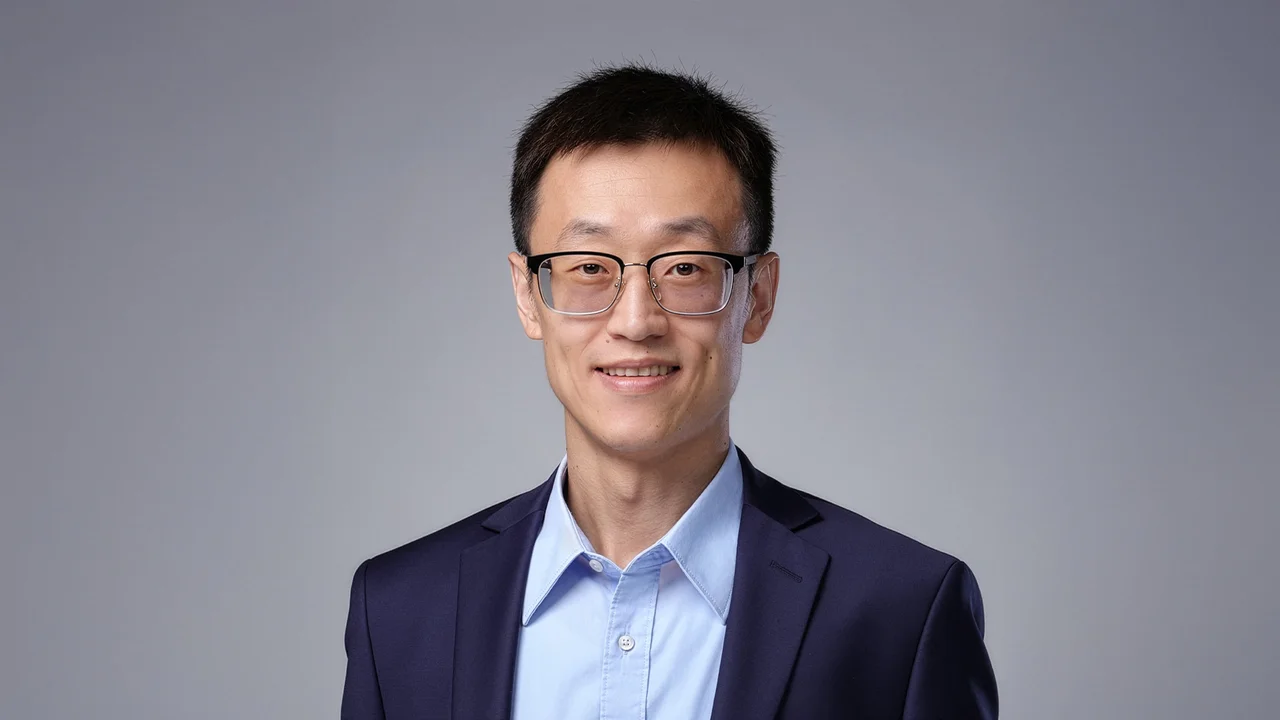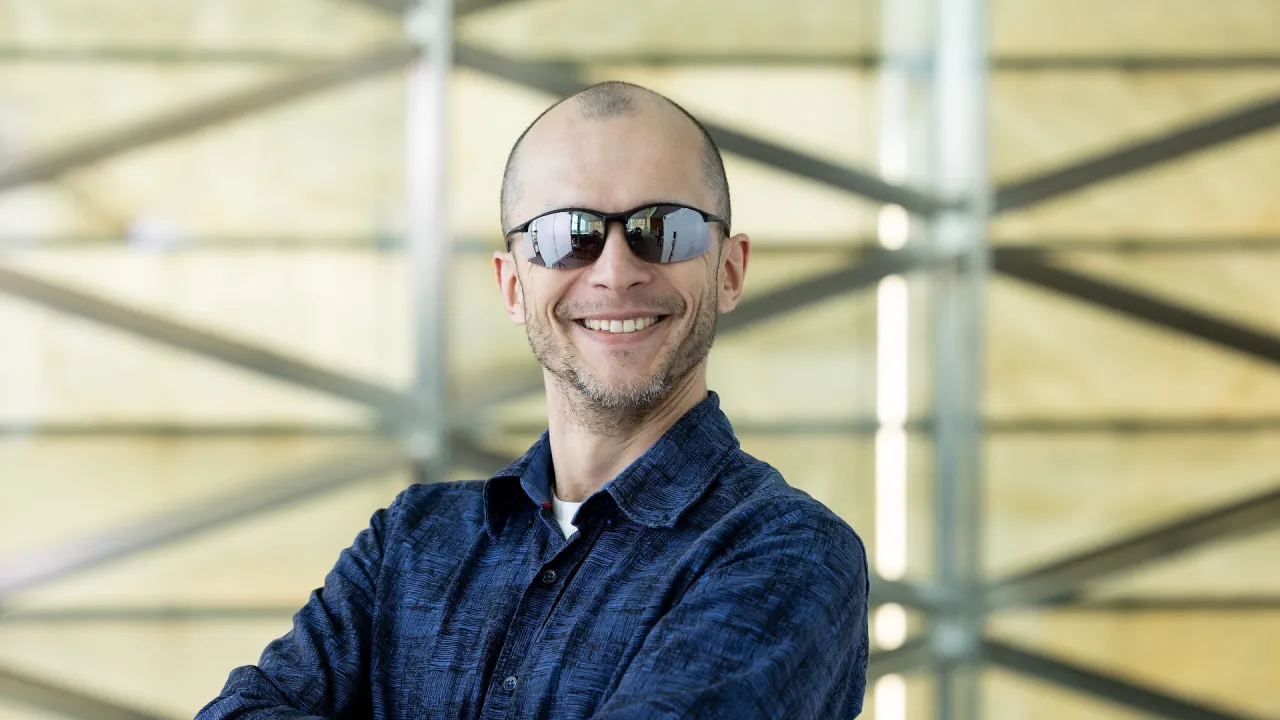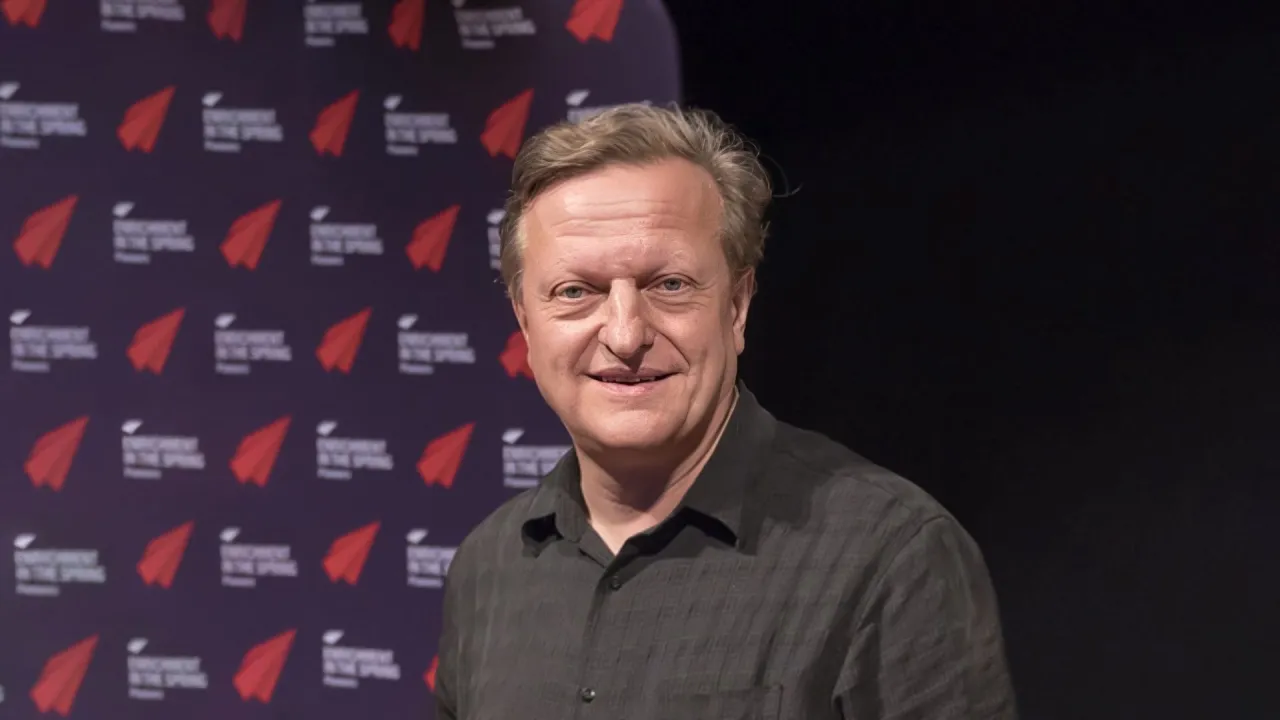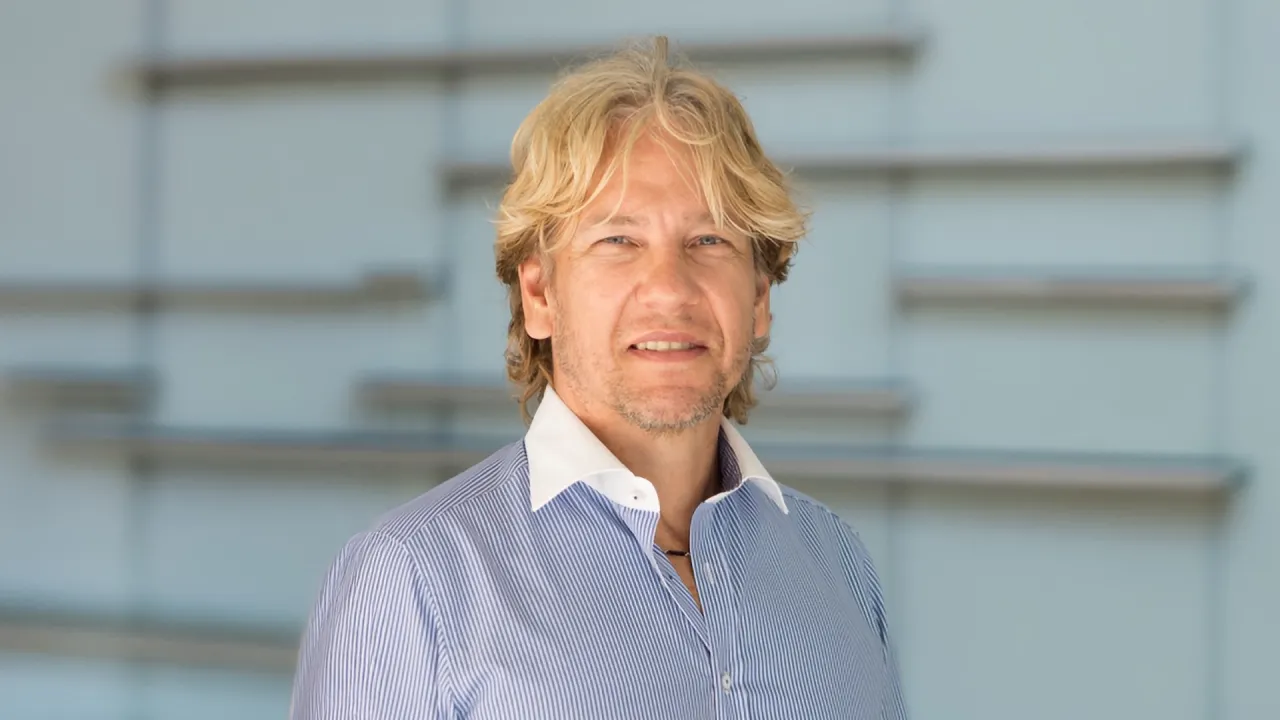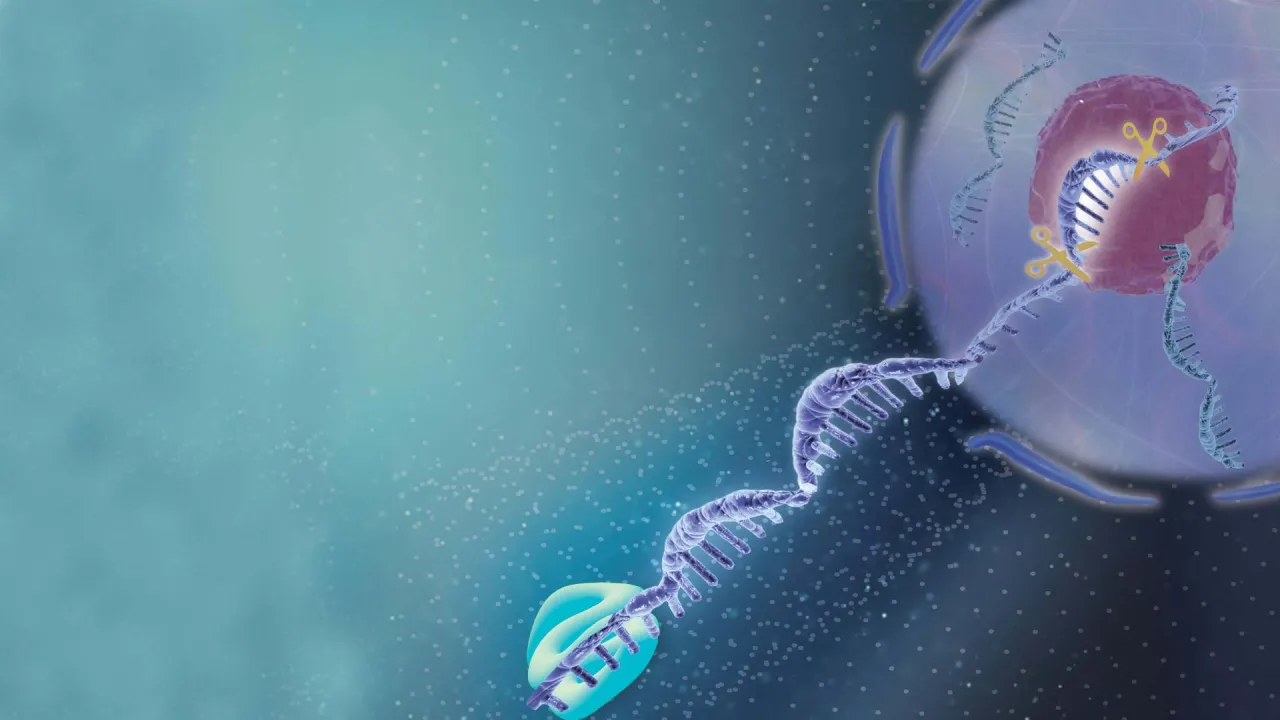
Computational Biosciences and Bioinformatics
At KAUST, the Computational Bioscience and Bioinformatics research area harnesses advanced algorithms and computational tools to decipher the complex workings of biological systems and to facilitate smart solutions to healthcare and biomedical open problems.
Our collaborative approach connects experts across KAUST, nationally and internationally, fostering innovative solutions to complex biological, biomedical and healthcare challenges.
Research Focus
- Bioinformatics: Developing algorithms and software tools for analyzing and interpreting biological data, including DNA sequences, protein structures, and gene expression patterns.
- Computational Genomics: Utilizing computational methods to study the structure, function and evolution of genomes, contributing to personalized medicine and genetic disease research.
- Systems Biology: Building computational models to simulate complex biological systems, enabling us to understand the interactions between genes, proteins, and metabolites, and predict their behavior under different conditions.
- Drug Discovery: Employing computational techniques to identify potential drug targets, design new therapeutic molecules and predict their efficacy and safety.
- Structural Biology: Utilizing computational methods to model and analyze the three-dimensional structures of biological macromolecules, aiding in the understanding of their function and interactions.
- Knowledge-Based Methods: Methods for developing ontologies, databases, and neuro-symbolic methods for bioinformatics applications, including protein function prediction.
- Disease Diagnosis: AI methods for rapid and effective disease diagnostics, in particular genetic diseases, infectious diseases, and cancer.
- Risk Prediction: Methods for polygenic risk scores for complex diseases, such as diabetes and CAD.
Related People
Biography
Dr. Gao received his B.A. in Computer Science in 2004 from Tsinghua University, China, and his Ph.D. in Computer Science in 2009 from the David R. Cheriton School of Computer Science at the University of Waterloo, Canada. Before joining KAUST, he served as a Lane Fellow at the Lane Center for Computational Biology at Carnegie Mellon University, U.S., from 2009 to 2010.
He is the Associate Editor of numerous journals, including Bioinformatics, npj Artificial Intelligence, Journal of Translational Medicine, Genomics, Proteomics & Bioinformatics, Big Data Mining and Analytics, BMC Bioinformatics, Journal of Bioinformatics and Computational Biology, Quantitative Biology, Complex & Intelligent Systems, and the International Journal of Artificial Intelligence and Robotics Research.
Gao has co-authored more than 400 research articles in bioinformatics and AI and is the lead inventor on over 60 international patents.
Research Interests
Professor Gao's research interest lies at the intersection between AI and biology/health. His research focuses on building novel computational models, developing principled AI techniques, and designing efficient and effective algorithms. He is particularly interested in solving key open problems in biology, biomedicine, health and wellness.
In the field of computer science, he is interested in developing machine learning theories and methodologies related to large language models, deep learning, probabilistic graphical models, kernel methods and matrix factorization. In the field of bioinformatics, he works on developing AI solutions to key open problems along the path from biological sequence analysis, to 3-D structure determination, to function annotation, to understanding and controlling molecular behaviors in complex biological networks, and to biomedicine and health care. He is a world-leading expert on developing novel AI solutions for challenges in biology, biomedicine, health and wellness, in particular AI-based drug development, large language models in biomedicine, biomedical imaging analysis, and omics-based disease detection and diagnostics.
Education
Biography
Robert Hoehndorf is an Associate Professor of Computer Science at King Abdullah University of Science and Technology (KAUST), where he is the principal investigator of the Bio-Ontology Research Group (BORG).
Before joining the University in the fall of 2014, Professor Hoehndorf obtained his Ph.D. in Computer Science from the University of Leipzig, Germany, in 2009. Post-graduation, he spent several years in the U.K. as a research fellow and a research associate at Aberystwyth University and the University of Cambridge, respectively. He was also a postdoctoral fellow at the European Bioinformatics Institute, U.K.
Research Interests
Professor Hoehndorf’s main academic interests are knowledge representation, neuro-symbolic methods and their application in life sciences. He develops knowledge-based methods for analyzing large, complex and heterogeneous biological datasets and applies them to understanding genotype-phenotype relations.
His group developed the DeepGO methods for protein function prediction, neuro-symbolic methods applicable to Semantic Web ontologies and knowledge graphs, and several approaches to represent, reason over, and predict genotype-phenotype relations.
Education
Biography
Ivan Viola received an M.Sc. in Computer Science (Dipl.-Ing.) in 2002 and a Ph.D. in Computer Science (Dr. techn.) in 2005 from TU Wien, Austria. In 2006, he joined the University of Bergen (UiB), Norway, as a postdoctoral researcher and contributed to the establishment of a new visualization research group at UiB’s Department of Informatics.
In 2008, Viola was promoted to associate professor and, in 2011, to full professor at the University of Bergen (UiB). During this period, he also served as a scientific adviser at the Christian Michelsen Institute in Norway.
Throughout his career, he has received numerous honors and recognitions for his contributions to computing visualization, including the Austrian Computer Graphics Award in 2016, the Eurographics Dirk Bartz Prize for Visual Computing in Medicine in 2013 and three Best Paper Honorable Mention awards at the IEEE VIS conference.
Aside from serving as an area or program chair at conferences such as the IEEE Visualization Conference, EuroVis, and Eurographics, Viola has been a reviewer and IPC member for several conferences in computer graphics and visualization. He was an associate editor of the Computer Graphics Forum journal and is currently serving as an associate editor for IEEE Transactions on Visualization and Computer Graphics.
In addition to co-authoring over a hundred scientific papers, he is a member of Eurographics and the IEEE Computer Society’s Visualization and Graphics Technical Community (VGTC).
Research Interests
Viola’s research group seeks to develop next-generation computer graphics and technologies for visualizing life forms in all scales. Focusing on scalable approaches, the research group introduces new methods to model, construct and visualize the entire complex biological cell to atomistic detail. This technology allows people to interact, explore, study and understand life at the nanoscale.
Education
Biography
Dr. Wittum obtained his Ph.D. (Dr. rer. nat.) in 1987 from Kiel University, Germany. He then pursued further academic qualifications at the University of Heidelberg, Germany, where he received his Habilitation in 1991 and began his first professorship in numerical analysis.
His academic career continued to advance as he served as Director of the Institute for Computer Applications at the University of Stuttgart, Germany, from 1994 to 1998. Following this, he became the Director of the Simulation in Technology Center at the University of Heidelberg, Germany, a position he held from 1998 to 2008. In 2008, he transitioned to the University of Frankfurt, where he led the Gauss Center of Scientific Computing (G-CSC).
After 25 years of serving as a professor at several leading universities in Germany, he joined KAUST, where he is currently a professor in the Applied Mathematics and Computational Science program.
Wittum’s work developing robust and scalable multi-grid methods and software systems for large-scale computing has led to numerous collaborative projects with industry partners, including ABB, Boston Consulting, Commerzbank, Daimler-Benz, the GICON Group, GRS, Porsche and more.
His contributions to science have been recognized with several prestigious awards, including the Heinz-Maier-Leibnitz Prize, the Controlled Release Society's Award and the doIT Software Award. Professor Wittum has also authored over 200 scientific publications.
Research Interests
Professor Wittum’s research focuses on a general approach to modelling and simulation of problems from empirical sciences, in particular using high-performance computing (HPC).
Particular areas of focus include the development of advanced numerical methods for modelling and simulation, such as fast solvers like parallel adaptive multi-grid methods, allowing for application to complex, realistic models; the development of corresponding simulation frameworks and tools; and the efficient use of top-level supercomputers.
Wittum applies his methods and tools toward problem-solving in computational fluid dynamics, environmental research, energy research, finance, neuroscience, pharmaceutical technology and beyond.
Education
Biography
Professor Jesper Tegnér holds an M.D. and a Ph.D. in experimental and computational neuroscience from the Karolinska Institute in Sweden. He also holds three undergraduate degrees: mathematics (minor in theoretical physics), medicine (medical school), and philosophy (minor in psychology), as well as two years of postgraduate education in pure and applied computational mathematics.
Following his M.D./Ph.D., he became an assistant professor in computer science. While on leave, Tegnér spent five years as a visiting scientist at the Wenner-Gren Foundation in New York and as an Alfred P. Sloan Fellow in Boston.
Upon returning to Sweden, Tegnér was recruited as an assistant professor in computer science and bioinformatics. He became a chaired full professor 4½ years after his Ph.D., serving as head of the division of computational biology in the Department of Physics from 2002 to 2010. Tegnér was then appointed director and awarded a lifetime named strategic chaired professorship in computational medicine at the Center for Molecular Medicine, Karolinska Institute and Karolinska University Hospital, from 2010 to 2021.
He is the founder of two biotech startups and serves as executive director at Immune Algorithmics. Tegnér has been at KAUST since 2016 and is affiliated with the Bioscience, Computer Science, Bioengineering and Statistics programs.
Research Interests
Professor Tegnér’s research and teaching interests cover bioinformatics and artificial intelligence applications in the life sciences and medical research.
His team studies fundamental genomics, including the dynamical regulatory architecture of cells, with a focus on causality and foundational machine learning for AI and brain research. His group’s translational work targets cancer, including melanoma and breast cancer, and neurodegenerative diseases such as multiple sclerosis, Alzheimer’s and frontal dementia.
Tegnér has published 400 papers, received more than 20,000 citations, and has an H-index above 65.
